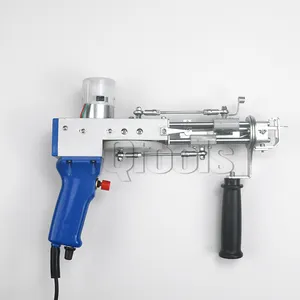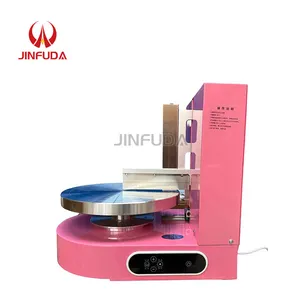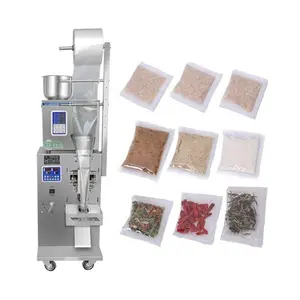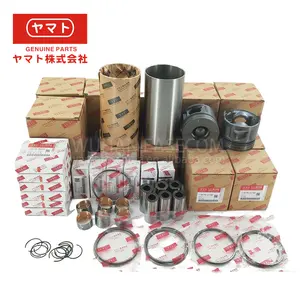Popular in your industry



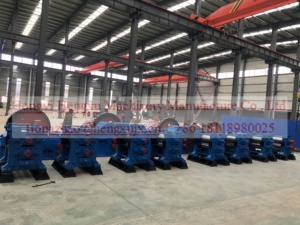
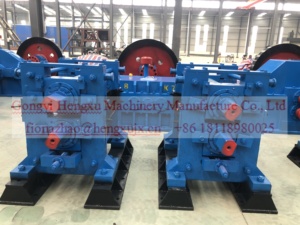












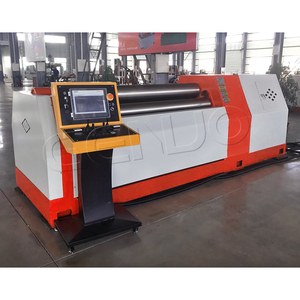

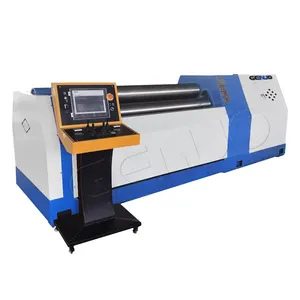




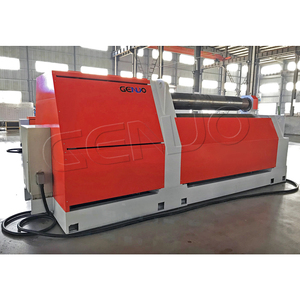



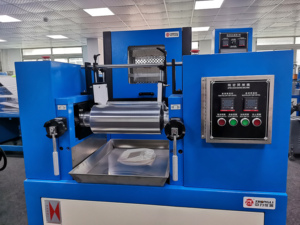
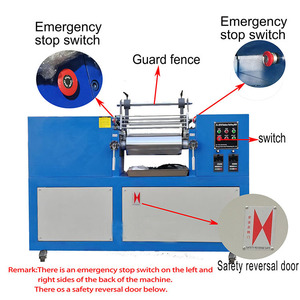

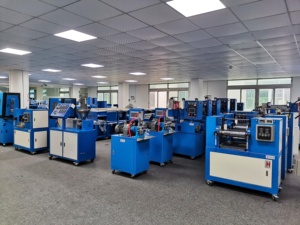



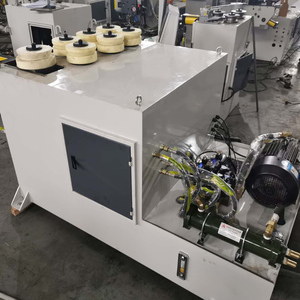


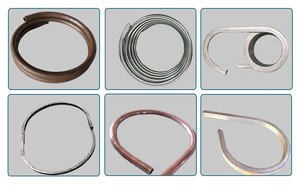


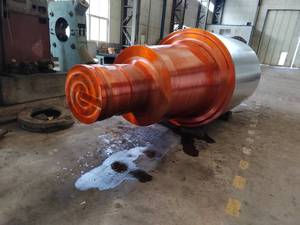






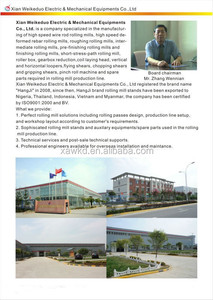






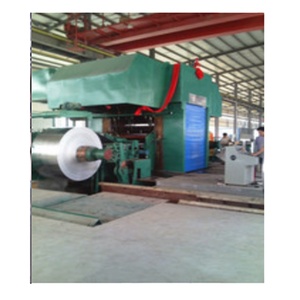
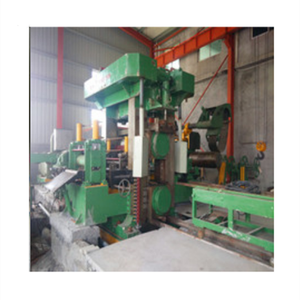

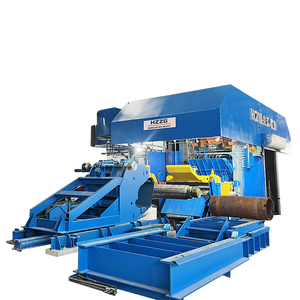





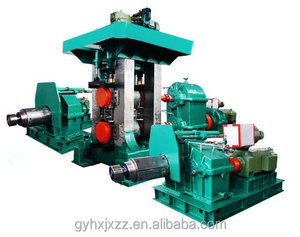



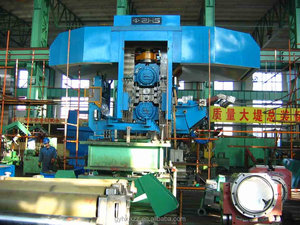

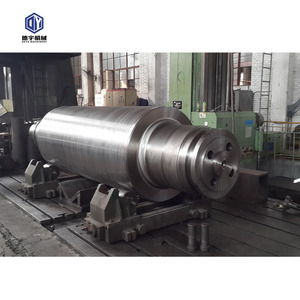





Related Searches:

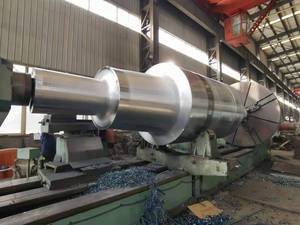


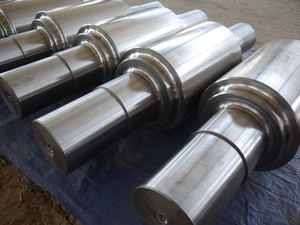
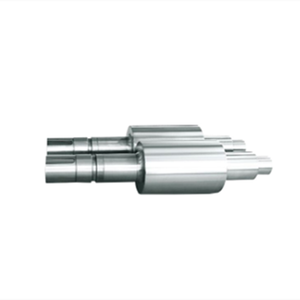




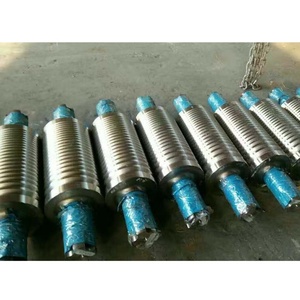


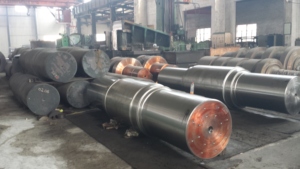



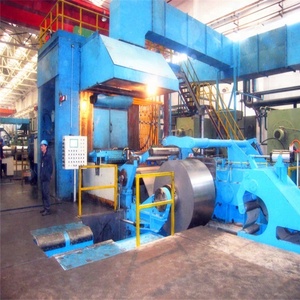






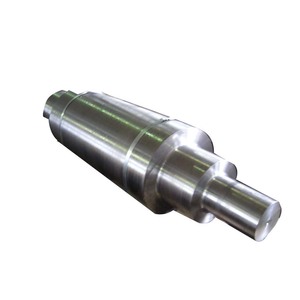


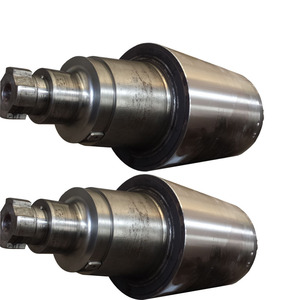


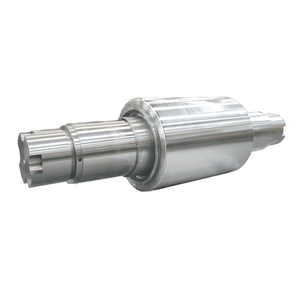

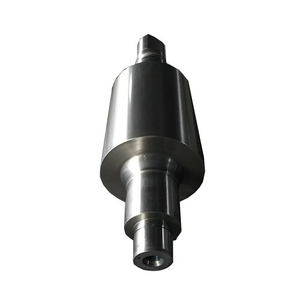

Top categories
About tandem cold rolling mill
A tandem rolling mill is a sophisticated piece of machinery used in metalworking to process metal coils through a series of rolling stands, resulting in the reduction of the metal's thickness and the improvement of its surface finish. This equipment is crucial in the manufacturing of various metal products, including sheets, strips, and foils, for industries such as automotive, aerospace, and construction.
Types of Tandem Rolling Mills
There are several types of tandem rolling mills, each designed to meet specific manufacturing requirements. A tandem mill rolling is a configuration where multiple rolling stands are positioned in a straight line, and the material passes through each stand in a sequential manner. This setup allows for continuous processing of the material and is commonly used for high-volume production. In contrast, a reversing rolling mill has a setup where the material can be rolled in both directions by changing the rolling direction of the stands. This flexibility is advantageous for achieving specific thickness profiles and can be useful in applications where a high degree of control is required. A tandem cold mill is designed to operate at lower temperatures, improving the material's mechanical properties and surface finish. This type of mill is commonly used for processing materials that are sensitive to temperature changes or require precise dimensional control. In contrast, a hot tandem rolling mill operates at elevated temperatures, typically used in processes such as hot rolling of steel to reduce its thickness and improve its mechanical properties.
The Design and Components of a Tandem Cold Rolling Mill
A tandem cold rolling mill consists of multiple rolling stands arranged in a tandem configuration. The number of stands can vary based on the specific requirements of the manufacturing process. Each rolling stand is equipped with a set of work rolls and backup rolls, which are responsible for exerting the necessary pressure on the material to deform it and reduce its thickness. The work rolls are in direct contact with the material, while the backup rolls provide additional support and help maintain the desired shape of the work rolls during the rolling process.
In a tandem rolling mill, the material passes through each stand in a sequential manner, with the thickness reduction occurring gradually as the material moves from one stand to the next. This sequential rolling process allows for a significant reduction in thickness and ensures that the material meets the required dimensional tolerances. To enhance the efficiency of the rolling process, pickling line tandem cold mills are often integrated with other equipment, such as entry and exit bridle rolls, to control the tension and ensure a smooth material flow through the rolling stands. Additionally, advanced automation and control systems are employed to monitor and adjust various parameters, such as roll gap, rolling speed, and temperature, to optimize the rolling process and achieve the desired material properties.
